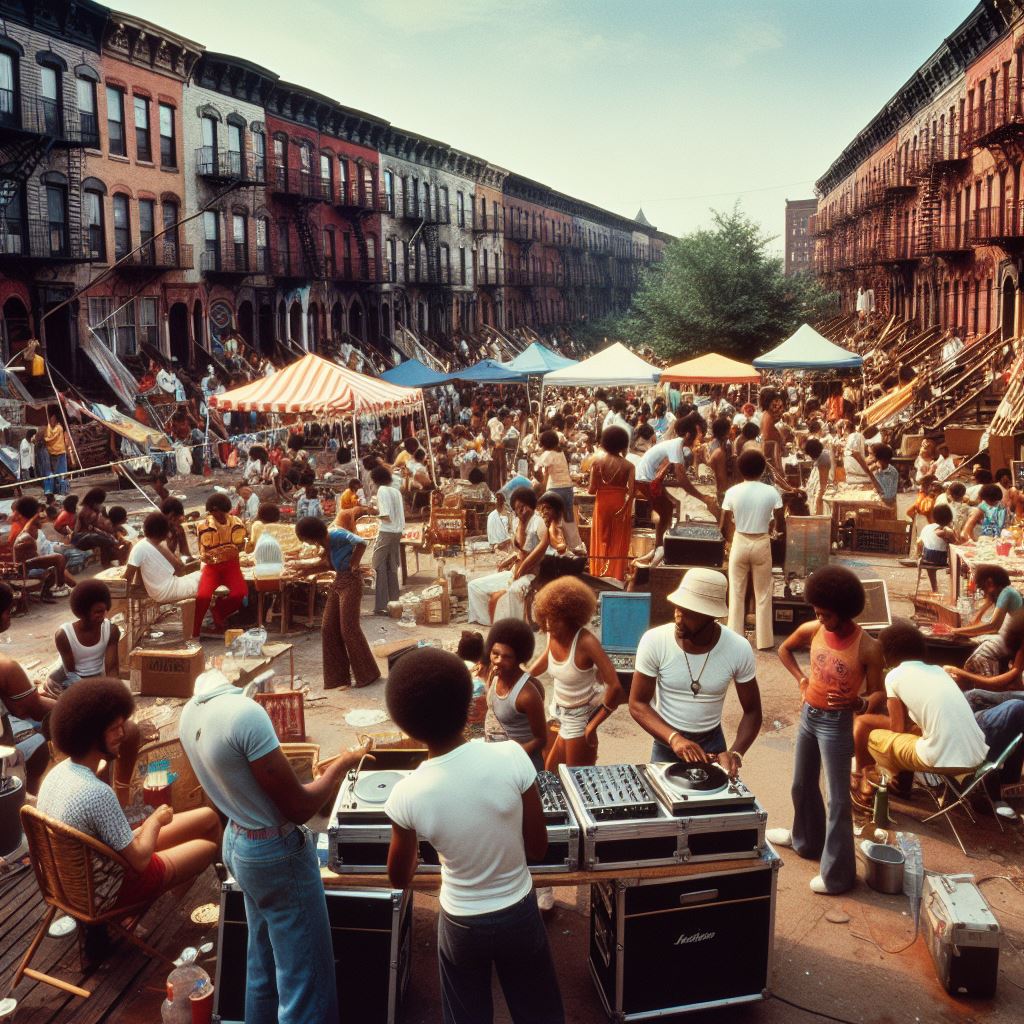THE BIRTH OF HIP HOP

BingChat
Hip-hop is a subculture and an art movement that emerged from the Bronx in New York City during the early 1970s. Its development reflected the negative effects of post-industrial decline, political discourse, and a rapidly changing economy. Urban despair brought rising crime, gang violence, and poverty. Consequently, businesses closed their doors, causing many economic opportunities and sources of entertainment to evaporate. As a result, urban youth turned to the streets for recreation and self-expression. The abandoned buildings and parking lots set the stage for block parties.

Wikipedia Image File
These block parties laid the groundwork for everything associated with early hip-hop culture. DJs and MCs brought the music by setting up mobile “Sound Systems” introduced by Jamaican culture. Sheets of cardboard became dance floors for break-dancers, and brick walls transformed into canvases for graffiti. A new era was on the rise fueled by sentiments of anger, hardship, and abandonment. However, the emerging hip-hop movement transformed despair and racial barriers into numerous creative outlets. It also became an outlet to deal with violence.

Google Images
THE PIONEERS OF HIP HOP
Several people were influential in creating hip-hop. However, the most notable pioneers are DJ Kool Herc, Afrika Bambaataa, and Grandmaster Flash. These three innovators are known as the “Holy Trinity” of hip-hop. DJ Kool Herc is credited with originating the breakbeat, a percussion-heavy style of hip-hop that emphasizes the rhythm section of a song. Afrika Bambaataa is known for his contributions to the development of hip-hop culture, including the creation of the Universal Zulu Nation, a hip-hop awareness group. Grandmaster Flash is known for his technical innovations, including the use of turntables as musical instruments.
Google Images
